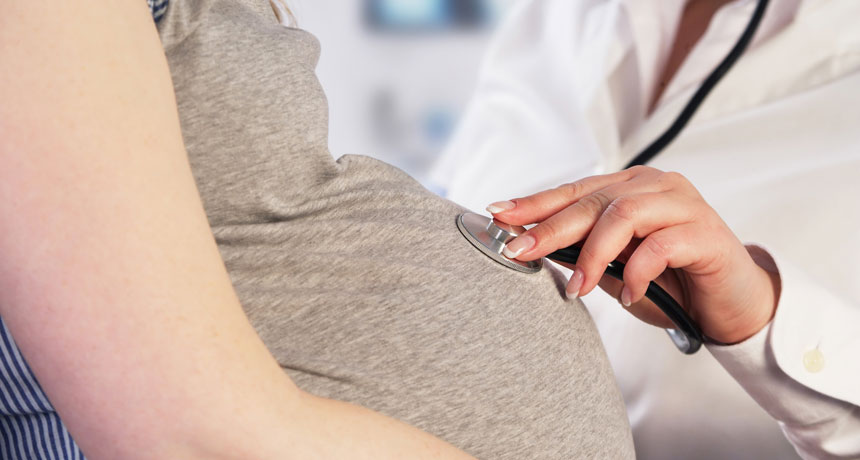Microcephaly, other birth defects are on the rise since Zika’s arrival
Zika-infected mothers are 20 times more likely to have babies with certain birth defects

ZIKA BABIES Zika infection during pregnancy substantially raises the risk that the baby will have certain birth defects, such as microcephaly and other brain deformations. A new CDC study quantifies that impact in the United States.
EmiliaUngur/shutterstock







